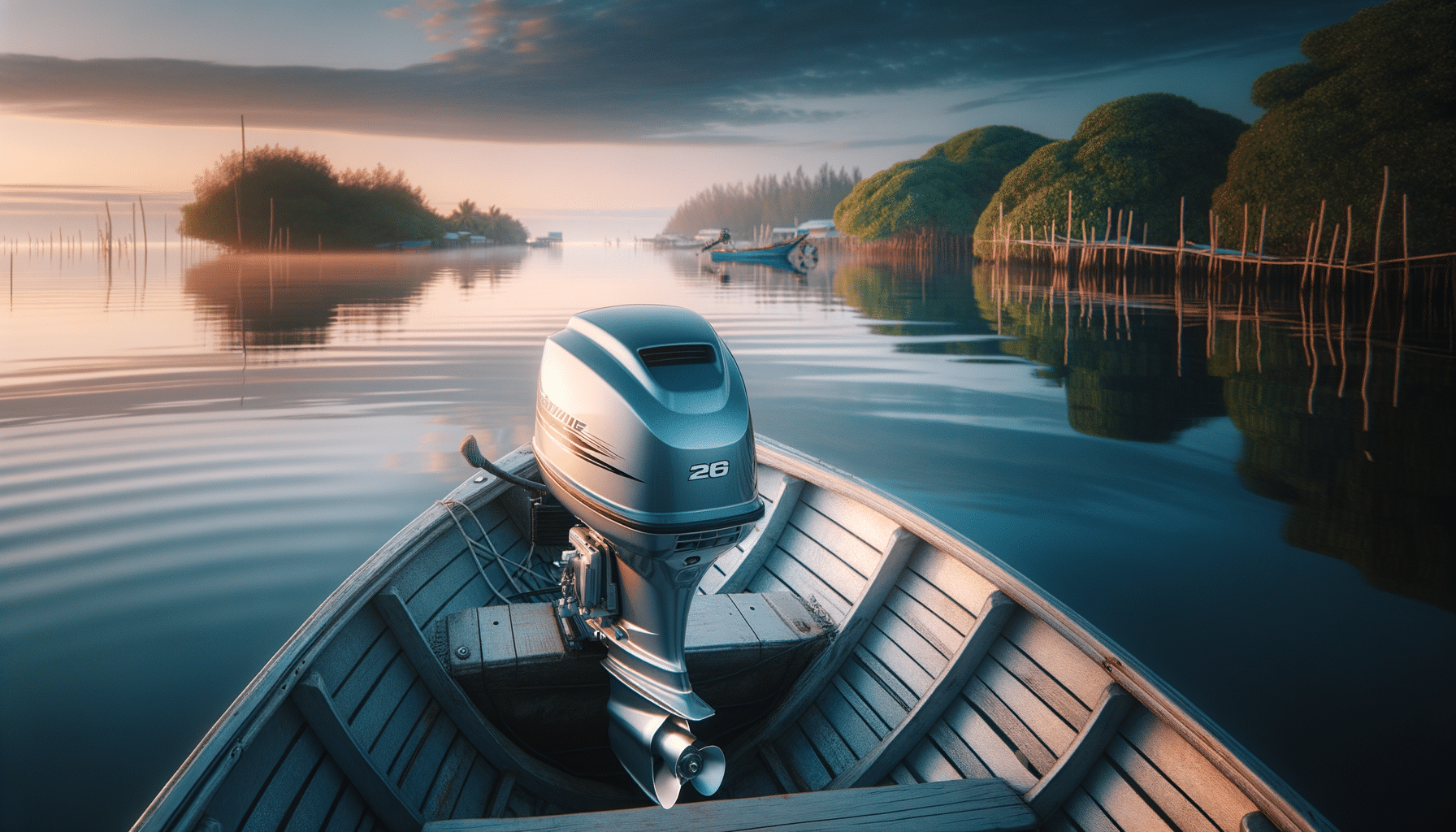
Outboard Motors: A Complete Guide for Boating Enthusiasts
Introduction to Outboard Motors
Outboard motors have revolutionized the boating industry by offering a compact and efficient solution for boat propulsion. These motors are an integral part of many recreational and commercial vessels, providing the necessary power to navigate various water bodies with ease. Mounted on the transom, outboard motors combine an engine, gearbox, and propeller into a single unit, making them a versatile choice for boat owners. Their ease of maintenance and superior maneuverability make them a preferred choice over inboard engines. This article delves into the different aspects of outboard motors, offering a comprehensive guide for both seasoned boaters and newcomers alike.
Types of Outboard Motors
Outboard motors come in various types, each designed to cater to specific boating needs. Generally, they can be categorized into two-stroke and four-stroke engines. Two-stroke outboard motors are known for their simplicity and lighter weight, making them ideal for smaller boats. They operate by completing a power cycle with two strokes of the piston, which allows for a higher power-to-weight ratio. However, they tend to be less fuel-efficient and produce more emissions compared to their four-stroke counterparts.
On the other hand, four-stroke outboard motors are praised for their fuel efficiency and reduced environmental impact. These engines complete a power cycle with four strokes of the piston, resulting in a quieter operation and smoother performance. Although they are generally heavier and more complex, their advantages in fuel consumption and emissions often outweigh these drawbacks. Additionally, electric outboard motors are gaining popularity for their eco-friendliness and silent operation, making them suitable for environmentally sensitive areas.
Choosing the Right Outboard Motor
Selecting the right outboard motor involves considering several factors to match your boating requirements. The first consideration is the power output, typically measured in horsepower. The size and weight of your boat, along with its intended use, will dictate the necessary horsepower. For instance, a small fishing boat may only require a 10-20 horsepower motor, while larger vessels used for water sports or commercial purposes might need 200 horsepower or more.
Another factor to consider is the shaft length, which should correspond to the height of your boat’s transom. A mismatch in shaft length can lead to inefficient propulsion and potential damage to the motor. Additionally, consider the motor’s weight, especially if your boat has weight limitations. Fuel efficiency, maintenance requirements, and budget are also crucial factors that should influence your decision. By carefully assessing these elements, you can choose an outboard motor that best suits your needs.
Maintenance and Care of Outboard Motors
Regular maintenance is key to ensuring the longevity and performance of outboard motors. Routine checks and servicing can prevent issues before they become significant problems. One of the simplest yet most effective maintenance tasks is flushing the engine with fresh water after each use, especially if you’ve been boating in saltwater. This helps to remove salt deposits and prevent corrosion.
It’s also important to regularly check and replace the engine oil, just as you would with a car. This keeps the engine running smoothly and efficiently. Inspecting the propeller for damage and ensuring it’s free from debris can prevent performance issues. Additionally, checking the fuel lines, spark plugs, and battery connections on a regular basis will help maintain optimal operation. Scheduling annual professional maintenance checks is also recommended to address any complex issues and keep your outboard motor in top condition.
Innovations and Future Trends in Outboard Motors
The world of outboard motors is continually evolving, with manufacturers innovating to meet the demands of modern boating. One significant trend is the shift towards more environmentally friendly options, such as electric and hybrid outboard motors. These alternatives reduce emissions and noise pollution, making them attractive choices for eco-conscious boaters. The development of lightweight and compact designs is also a focus, aiming to improve efficiency and ease of use.
Technological advancements are leading to smarter outboard motors equipped with features like GPS integration, digital displays, and automated controls. These innovations enhance the boating experience by providing real-time data and simplifying navigation. Furthermore, the use of durable materials and corrosion-resistant coatings is extending the lifespan of outboard motors, ensuring they can withstand harsh marine environments. As these trends continue to develop, boaters can expect more efficient, reliable, and sustainable outboard motor options in the future.


